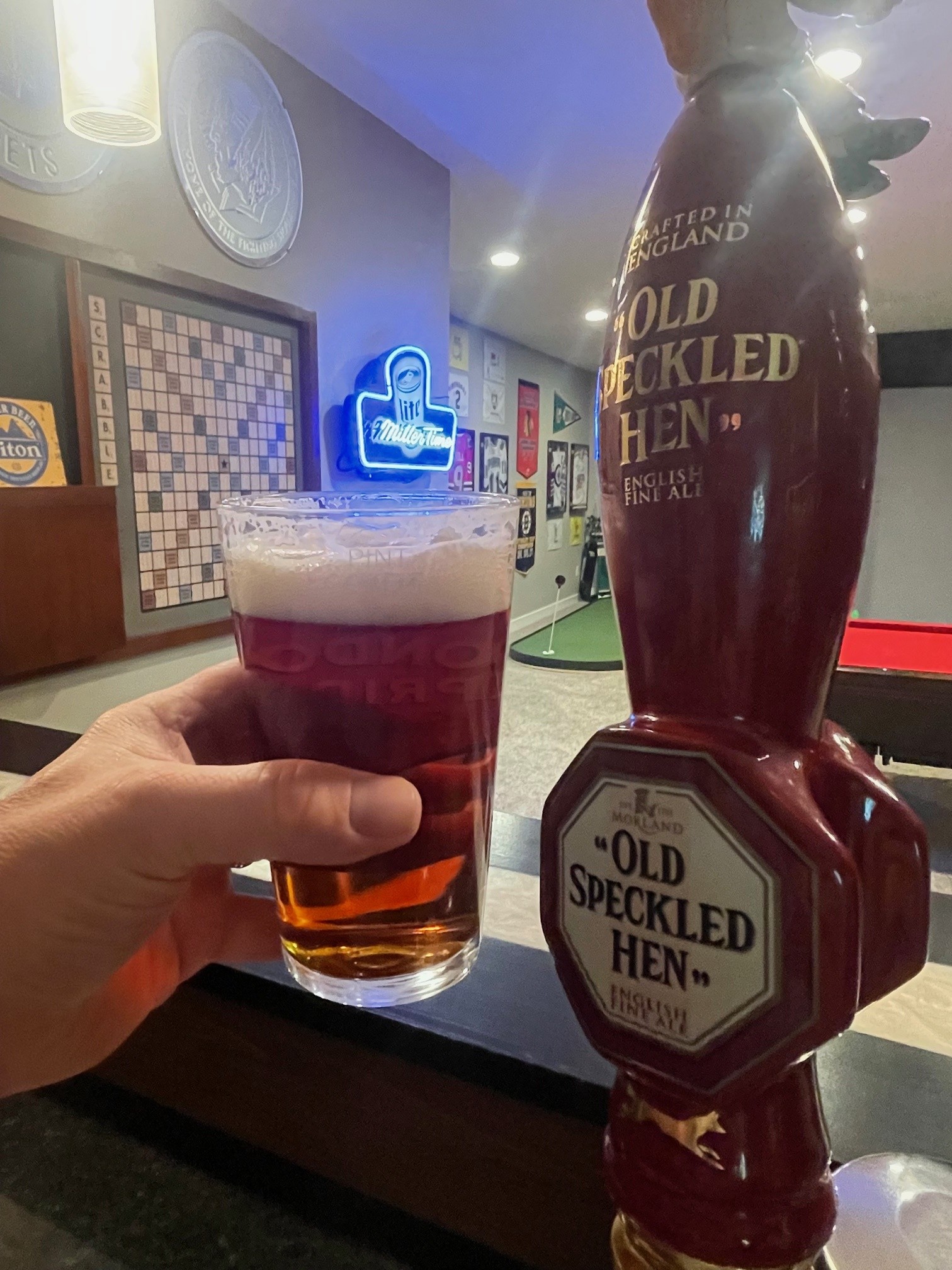siouxalumn
Member
I've been running Co2 in my system for years. One of my favorite beers is Old Speckled Hen which is an English Pale Ale or Bitter. OSH can be served with Co2, however the traditional beer from and English pub is on beer gas and has a much creamier head. So, I decided to venture into beer gas for the first time. I got the beer gas (70%N/30%Co2) and the proper regulator. I also got a stout faucet although my Perlick Flow Control facet probably would have worked as well. What I'm struggling with is what psi to serve it at. All the literature I can find says 35-38 psi for stout, which this isn't, but I'm using a stout facet. Or it says run it at 7-13 psi.
Do any of you have experience with this?
Thanks for the advice.
Do any of you have experience with this?
Thanks for the advice.



























![Craft A Brew - Safale S-04 Dry Yeast - Fermentis - English Ale Dry Yeast - For English and American Ales and Hard Apple Ciders - Ingredients for Home Brewing - Beer Making Supplies - [1 Pack]](https://m.media-amazon.com/images/I/41fVGNh6JfL._SL500_.jpg)





























